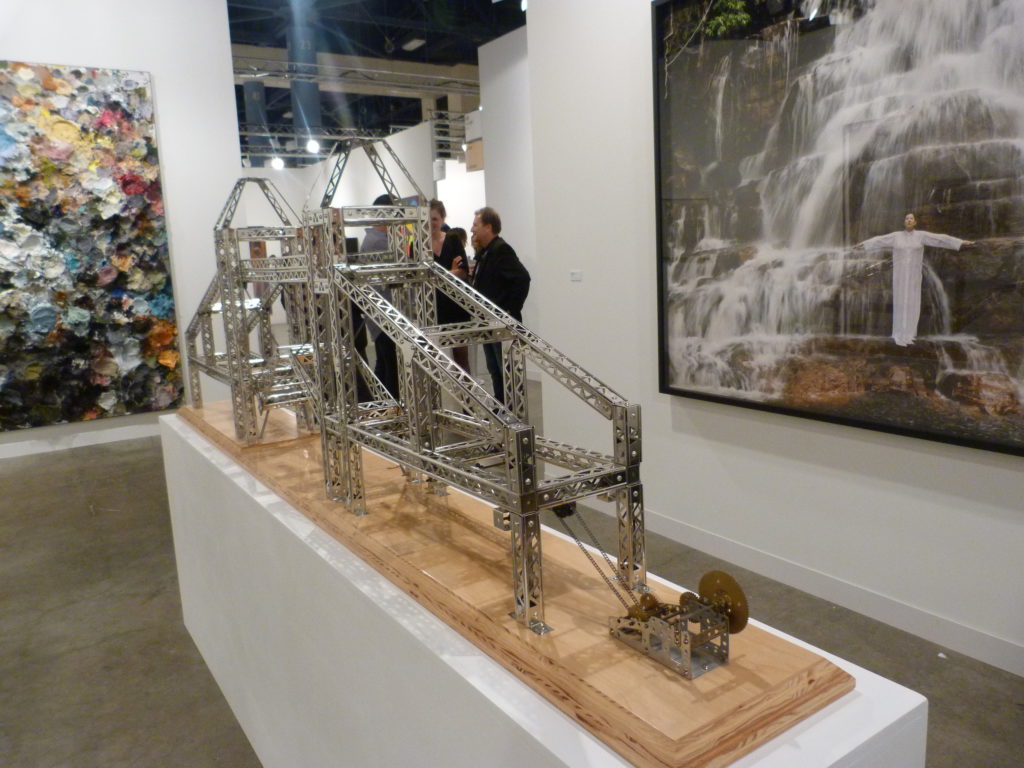
It is commonly believed that conceptual art is inherently difficult to understand or that it is ugly.
Here are a couple of reasons why some people today may have a harder time accepting contemporary, conceptual art than its more conventional, traditional forms:
Contemporary art is challenging. Often, contemporary art is contrasted with traditional artistic methods and techniques, which can be confusing for some people. Instead of focusing on visual aesthetics, SI emphasizes the idea, concept, and intent. We are accustomed to the fact that art is of an applied nature and the structure of our brain requires us to “define” an unidentified and illogical object in order to place it in a subconscious memory cell. He tries to simplify everything incomprehensible, difficult, and complex and put it off until better times. And we deprive ourselves of the opportunity to get into a fantasy world without borders, taboos and stereotypes. That is why it is important not to give definitions, to feel more, to train observation, to listen to lectures by the authors of concepts and to attend events that popularize SI. “Let your mind wander freely.” This is one of the twenty principles of Karate-Do, which applies very appropriately to modern art. For example, consider the work of Vladislav Titaev, which is currently being demonstrated by Most Wanted Gallery, under the direction of Victoria Butkova, at Cube.Moscow.
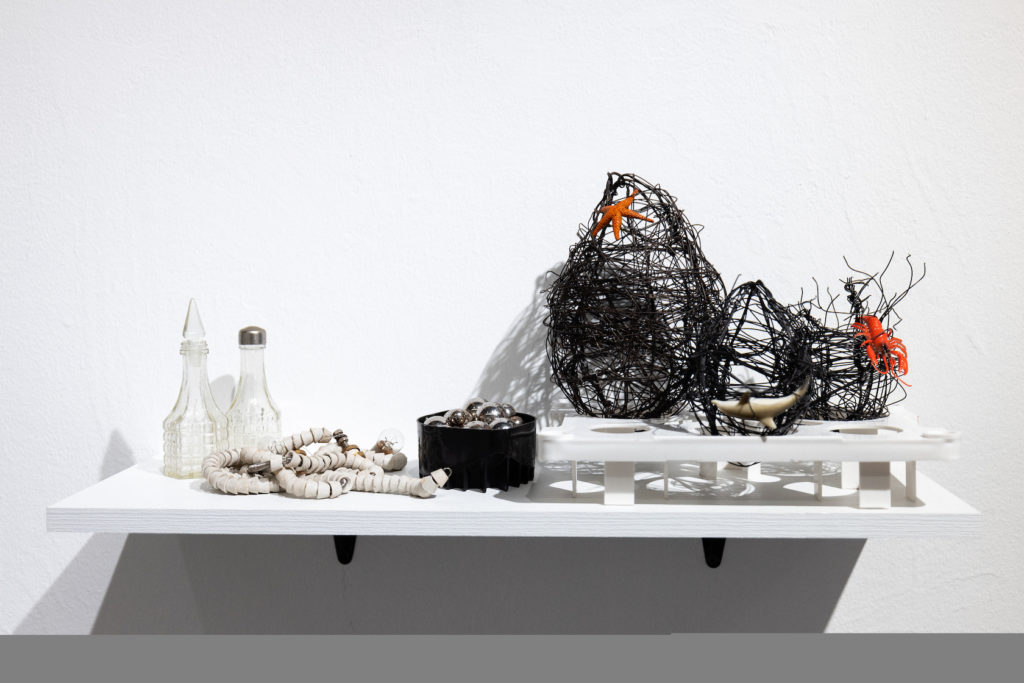
What we see: wire, glass vials, starfish, etc. What associations arise? Echoes of childhood, the sea, I want to move and touch the objects of the installation.
What do we feel? A feeling of strange reality, where we can play along with the artist with our thoughts and together with him, in co-creation, feel the energy of creation, fantasy, freedom and the boundlessness of our perception. It’s as if you are discovering new worlds, new planets, new universes together.
I would like to note a very important aspect. Finding ourselves in the atmosphere of complex, incomprehensible, inconvenient modern art for the brain, we are forced to adjust to the sensory level, allowing our subconscious to come to the fore. As a result, we receive many new ideas, insights, insights, moreover, in our specific field or topic, even if it has nothing to do with art. Therefore, I give you a cool life hack – as soon as you notice stagnation in business, lack of motivation, lack of new ideas – go to an exhibition of contemporary art!
A common question is why buy this? Is this for sale? For sale. Buyers, as a rule, are museums, foundations, creative studios, designers… Young artists, due to the modern trend of “explaining” conceptual art, attach complex descriptions to their works, trying to look significant in the eyes of the public, which in my opinion is completely unnecessary. An honest, open dialogue with the viewer and a statement that creativity requires time, resources and finances would allow the public to be involved in the development of the author, financing his idea, his search, his development.
Roughly speaking, you are not buying jars and wire, you are participating in the birth of our visual future. You vote financially for what you think should continue to exist and be implemented. It is this involvement that can constitute a purchase.
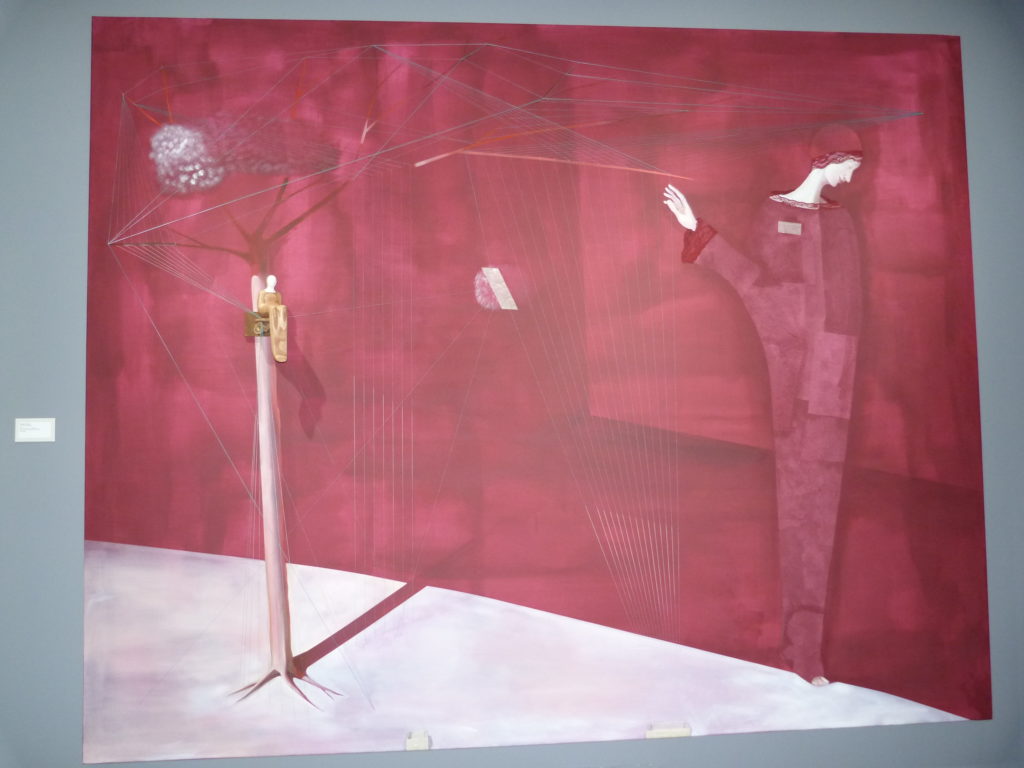
Contemporary art is subjective. The interpretation of a work may differ from person to person. The lack of visual representation can make it difficult for people to understand because it relies solely on concepts, some of which may be abstract or difficult to understand. As for the statement that conceptual art is ugly, it is subjective and not necessarily true. Contemporary artists often emphasize the concept of the work rather than its aesthetic qualities. Thus, they may use unconventional materials or methods that seem unappealing to some people but have symbolic value as concepts.
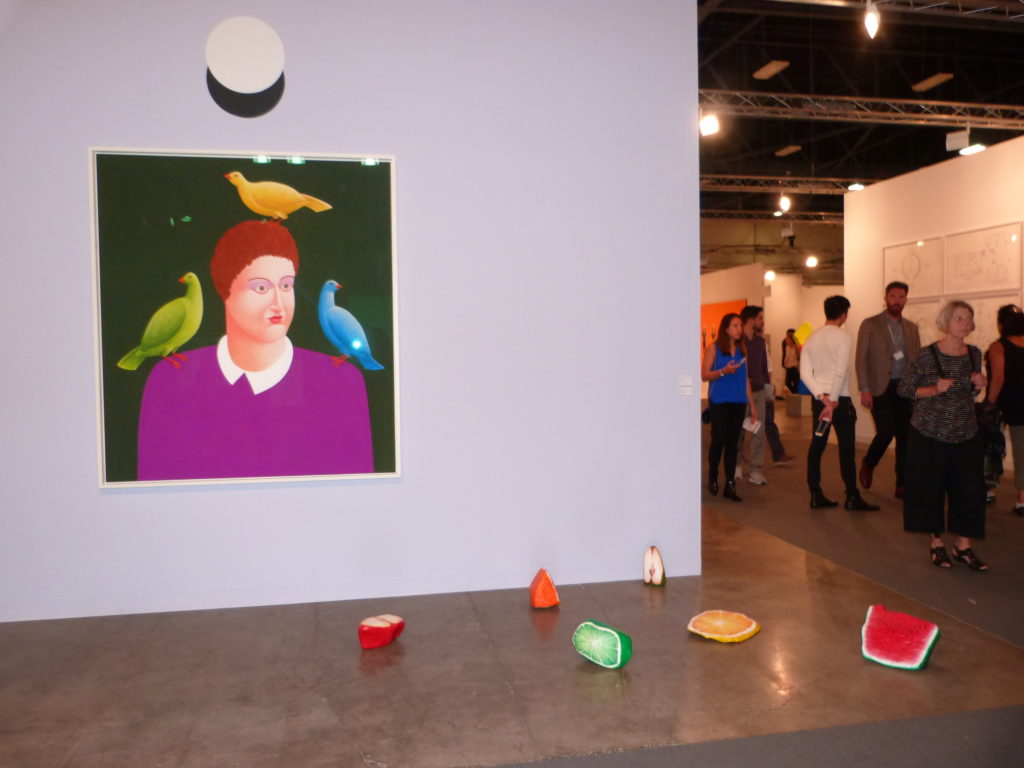
In general, the meaning of contemporary art can be more complex and abstract than its traditional forms, which can make it difficult to understand. However, with an open mind and a willingness to engage with the concepts and ideas behind the work, it can be just as rewarding and inspiring as other forms of art.
LANA MIKHAY, ART COLUMNIST
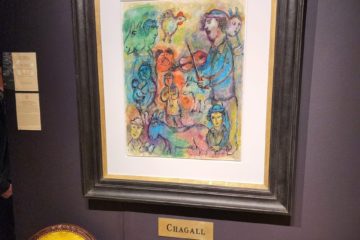
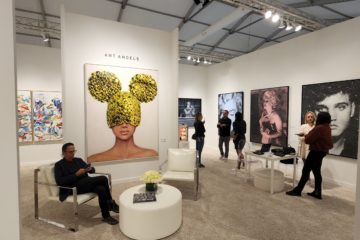

0 Comments